The beginnings of the transition to clean, electric transport is finally beginning to take hold in Australia, and though there is still oodles of work to be done it is encouraging to see some states leading the way with progressive, supportive electric vehicle strategies, designed to help reduce the reliance on dirty transport options.
With that in mind, it’s that time of the year to revisit our annual EV calendar, highlighting the expected EV arrivals in 2022, and there are some notable inclusions slated for the next 12 months.
First of all, we should finally see the Model Y become available when Tesla’s Berlin Gigafactory finally opens and Shanghai-made inventory is freed up for the Pacific region, and the refreshed Model S and Model X should also finally be seen on local roads after a 12 month hiatus.
We will see Volkswagen Group’s first all-electric vehicle in the form of the Cupra Born reach Australian shores, and for the first time we will see electric vans on offer from Ford and Mercedes-Benz, as well as in smaller numbers from BYD via Nexport Automotive.
On that note, Nexport has informed The Driven it hopes to make the Yuan Plus available to order in February with first deliveries in May, with the Han premium sedan and budget EA1 to follow in the second-half of 2022. BYD will also bring a T3 van and e6 people mover although in small numbers.
There will also be new models from Kia and Audi, as well as a refreshed ZS EV from MG.
However, it will be a while before we see more EVs from Volkswagen – expect the ID4 and Skoda Enyaq to arrive in 2023. It will be at least then before we also see the Subaru Solterra, the Toyota bzX4, Kia’s halo EV6 GT, the Audi Q4 e-tron and a shiny new Polestar 3.
| Q1 2022 | Q2 2022 | Q3 2022 | Q4 2022 |
| Kia EV6 | Tesla Model Y | Mercedes-Benz EQV | Cupra Born |
| Ford eTransit | BYD Yuan Plus | Mercedes-Benz eVito | Tesla Model S |
| Audi e-tron S | Ora Cat | BYD Han | Tesla Model X |
| BMW i4 | Merc-AMG EQS 35 | 2022 MG ZS EV | BYD EA1 |
Kia EV6
The Kia EV6 is the South Korean carmaker’s answer to Hyundai’s Ioniq 5 which recently landed.
As the first of 11 new all-electric vehicle models that the business plans to launch by 2026, it is based on Kia and Hyundai’s dedicated all-electric e-GMP platform.
The dynamic crossover will initially be available in five models, each with a 77.4kWh battery, a single (rear axle) or dual motor drivetrain, and the capacity to charge at a blistering rate of up to 350kW, allowing it to be charged from 10-80% in just 18 minutes.
With up to 510km driving range in the large battery, it is understood that the EV6 will also be made available with a shorter range 58kWh battery.

Ford e-Transit
The Ford e-Transit is the company’s first effort into the Australian electric vehicle market, and it will be followed by four more EVs by 2024.
The e-Transit has a GVM of 4.2 tonnes and a payload capacity of more than 1.6 tonnes, thanks to its extended wheelbase. Cargo space is 11.3 cubic metres for the mid-roof option and 12.4 cubic metres for the high-roof variant.
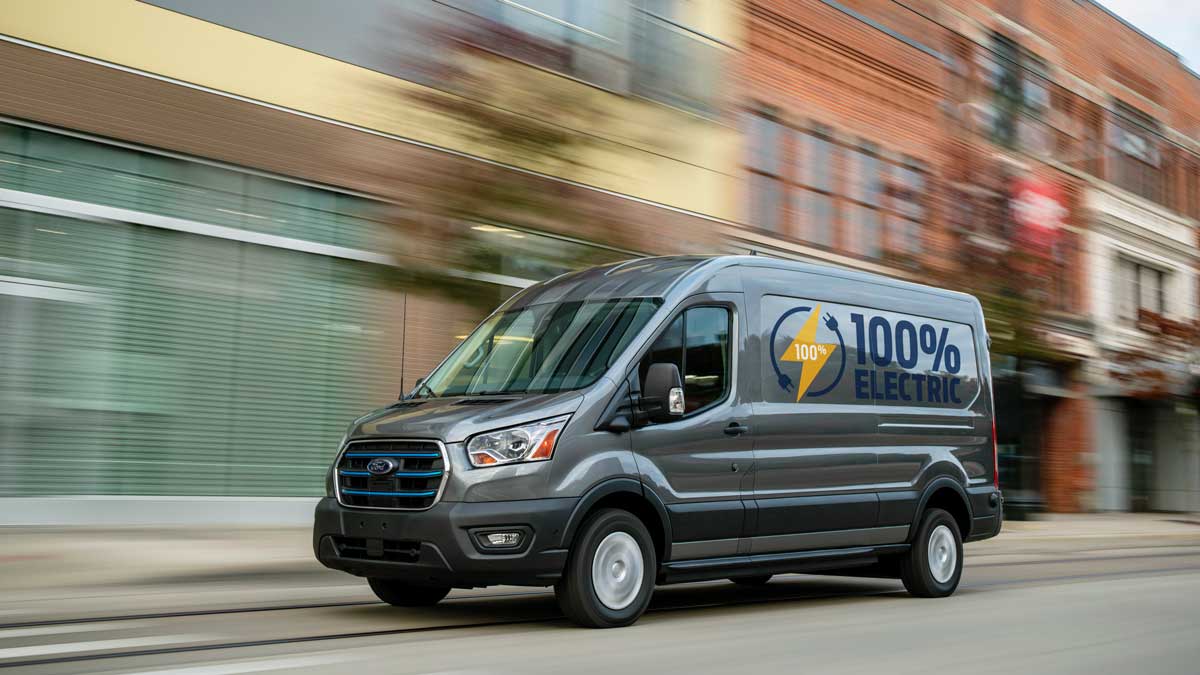
Audi e-tron S and e-tron S Sportback
Available from $165,600 before on-road costs, the high-end and sporty electric e-tron S and its $172,700 (also before on-roads) Sportback sister come in an all-wheel drive configuration with two electric motors, and can produce impressive displays in boost mode with a maximum torque of 973Nm and 370kW power output.
The e-tron S vehicles claim to be first to market with a tri-motor option, accelerate to 100km/hr in 4.5 seconds and reach a top speed of 210km/hr. Its battery pack has a total energy capacity of 95 kWh, of which 91 percent (86 kWh) is useable, allowing it to travel up to 413 km and 418 km, respectively (WLTP).

BMW i4
The i4 is expected in the first quarter of 2022, with an ‘M Performance’ variant of the BMW i4 delivering maximum power output of 390kW.
The performance option will accelerate from zero to 100 km/h in four seconds and have a standard driving range of up to 590 kilometres.
While details on what will be available in Australia are yet to be verified, BMW has built at least two ‘basic’ versions of the i4, based on the eDrive35 and eDrive40 platforms, that will have similar driving range but peak power of roughly 200 to 250 kW.

Tesla Model Y
The arrival date of the Tesla Model Y has been the subject of much debate, having been earlier predicted for late 2021. The latest predictions are now for it to arrive by mid-2022.
The Australian variants are also not known for sure. However, filings with government departments indicate that Tesla has applied to sell the Model Y in Australia in a single motor standard range configuration with 255kW of power, and a long range with dual motors producing 378kW of power, as well as a Performance version with dual motors that delivers up to 393kW of power.
When it arrives, the Model Y will one of the highest-rated EVs for towing in Australia, with all three models certified to pull 1.6 tonnes.
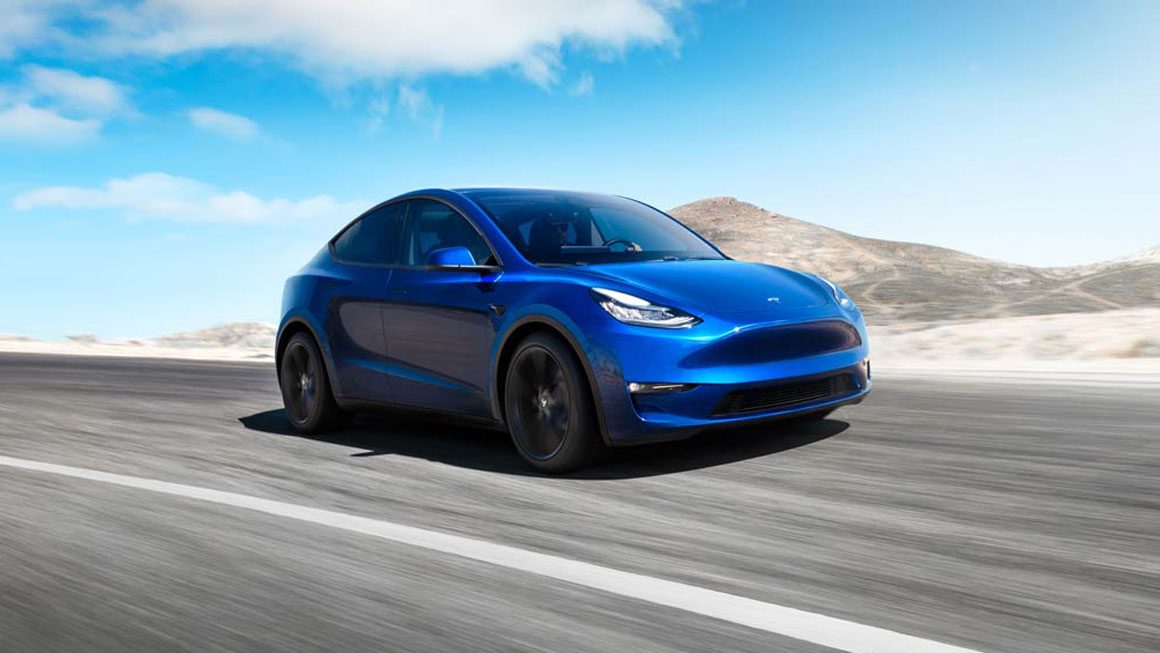
BYD Yuan Plus
The Yuan Plus is expected to be the first electric vehicle from China’s BYD to reach Australian shores via importer Nexport Automotive.
Official specifications of the model that will reach local roads are slim, but according to a submission to the Chinese Ministry of Industry and Information Technology, the Yuan Plus has a 150kW and 330Nm electric drive motor.
It is built on BYD’s new all-electric platform 3.0 and reportedly has an electrical platform of up to 800V which suggests ulrta-fast charging capacity. It also employs the company’s proprietary lithium iron phosphate Blade Battery — the same ones that Tesla is rumoured to be testing.

Mercedes-Benz EQV and eVito
German van and carmaker Mercedes-Benz will launch a veritable onslaught of electric vans in 2022.
The EQV joins the EQC full-size electric SUV and the small EQA SUV in the company’s EQ line.
It will be available in a long-range form with a 356km driving range (WLTP) from a 90kWh battery (usable capacity), 150kW of power and 362Nm of maximum torque, and a peak speed of 160km/h.
The eVito will be available in two versions: an electric version of the conventional Vito panel van and an eVito Tourer, which is effectively an electric Valente, according to a Mercedes-Benz Australia representative.
This virtually triples the seven-seater electric vehicle market (unless Tesla decides to offer the Model Y with a seven-seater option by mid-2022), making both an appealing proposition for large families looking to go electric.
The latter, in contrast to the premium EQV, is intended for commercial fleets, such as airport shuttles and rideshare people movers.
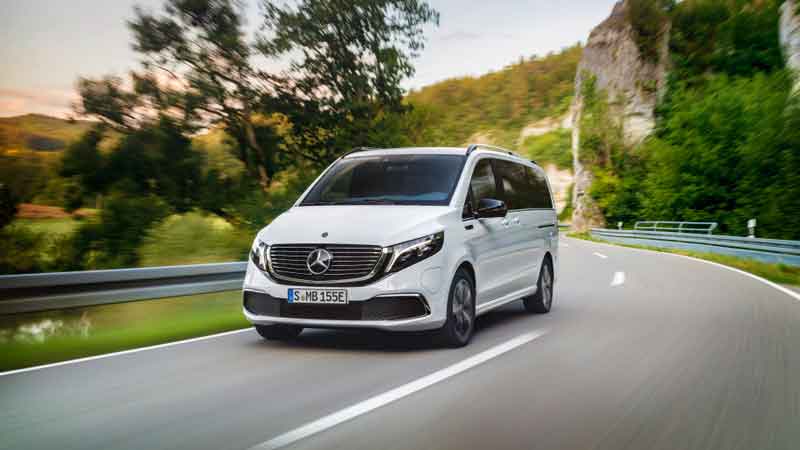
BYD Han
Another of several planned BYD cars via Nexport Automotive, the Han is BYD’s star premium sedan, with a 180kW electric powertrain that the company claims can accelerate from 0 to 100 km/h in under 3.9 seconds. The all-wheel-drive Han, which uses a lithium-iron phosphate ‘blade’ battery, has a claimed range of 605 kilometres (NEDC) but expect this to be considerably lower in real world conditions.
A Han arrived in Australia earlier in 2021 but local homologation, pricing and specifications are yet to be determined.

2022 MG ZS EV
The revised model of MG Motor Australia’s best-selling ZS EV is set to arrive in the second half of 2022. While a fresh face has been confirmed, most importantly it will become available in both short and long-range, and offer vehicle-to-load capabilities as well as cabin pre-conditioning via a smartphone app.
The ZS EV is currently available in Australia in only one specification level from MG, with only a 44.5kWh battery and relatively short 262km driving range.
With a market-leading sub-$45,000 drive-away pricing it has been able to claim second place on the EV sales ladder behind the Tesla Model 3, but whether it will be able to hold on to its claim of Australia’s cheapest EV for long is uncertain.
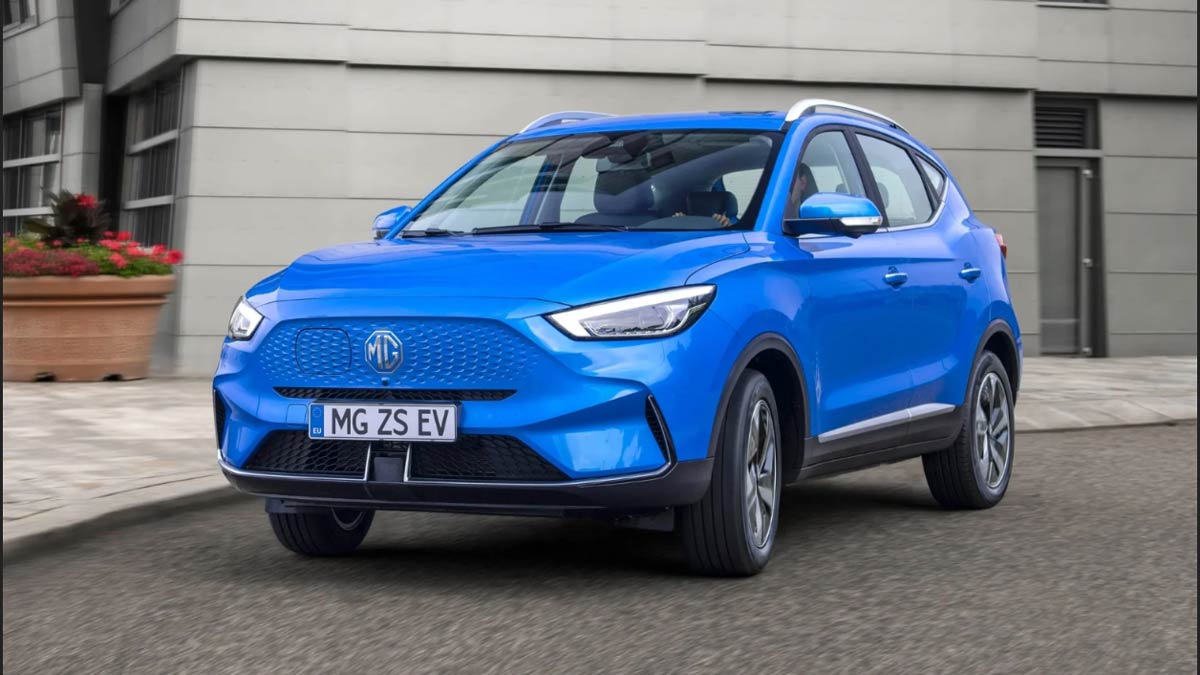
Cupra Born
The Cupra Born should be available in Australia by the end of 2022, ahead of the Volkswagen ID4, and at a “reasonably inexpensive” price.
The smart-looking electric hatch is a reincarnation of the Spanish-made Seat el-Born, which was first introduced in 2019. It will have three battery and two electric motor options, with a maximum power of 170kW and a driving range of up to 540km (based on the European WLTP standard) from a 77kWh battery.
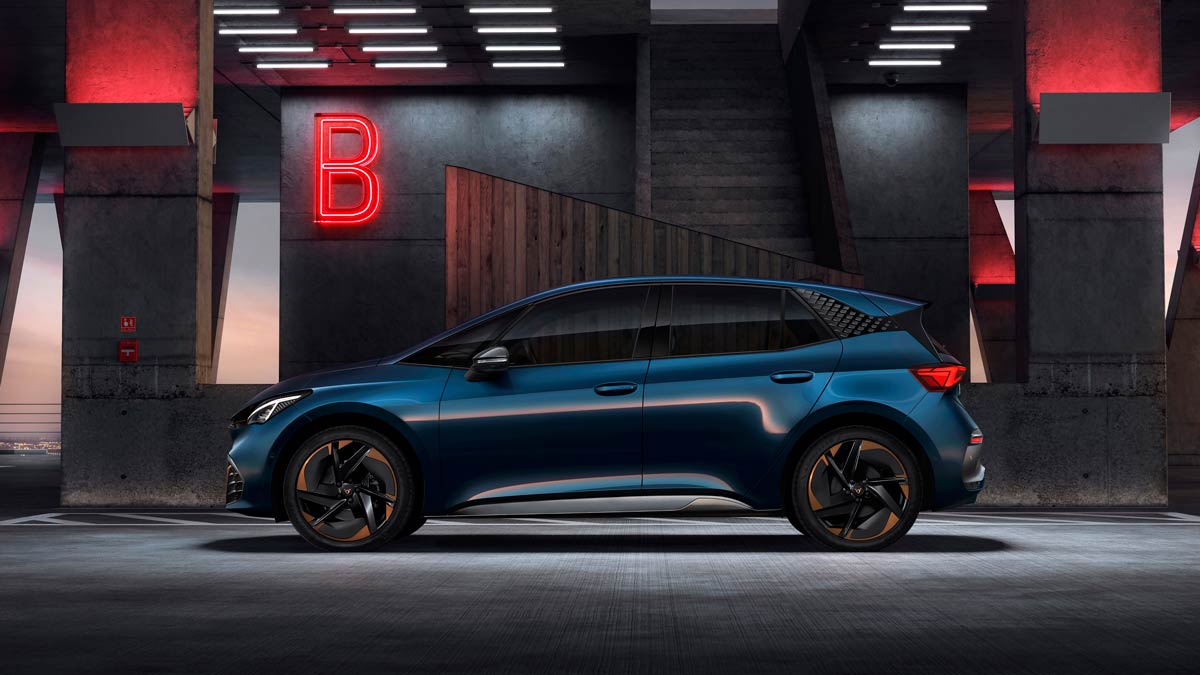
Tesla Model S and Model X
2022 should see the return of the Tesla Model S and Model X, none of which were shipped in 2021 since the California EV maker gave its flagship sedan and SUV a major upgrade.
Both are still available in two variants but instead of “Long Range” and “Performance” drivers can choose between a tri-motor “Plaid” or a dual-motor Model S/Model X.
The new dual-motor Model S is given 652km of range (WLTP), a top speed of 250km/hr and acceleration from 0-100km/hr in 3.2 seconds, while the tri-motor option gets 637km of range, a top speed of 322km/hr and acceleration from 0-100km/hr in 2.1 seconds – world-beating for a production car. For that you’re looking at around $230,000, whereas the dual-motor comes in around $180,000 after on-roads.
The new dual-motor Model X is given 560km of range (WLTP), a top speed of 250km/hr and acceleration from 0-100km/hr in 3.9 seconds, while the tri-motor option gets 536m of range, a top speed of 262km/hr and acceleration from 0-100km/hr in 2.6 seconds for around $214,000 after on-roads, and the dual-motor comes in around $202,000 after on-roads.
The Tesla website currently states that orders now will be delivered at the end of 2022.
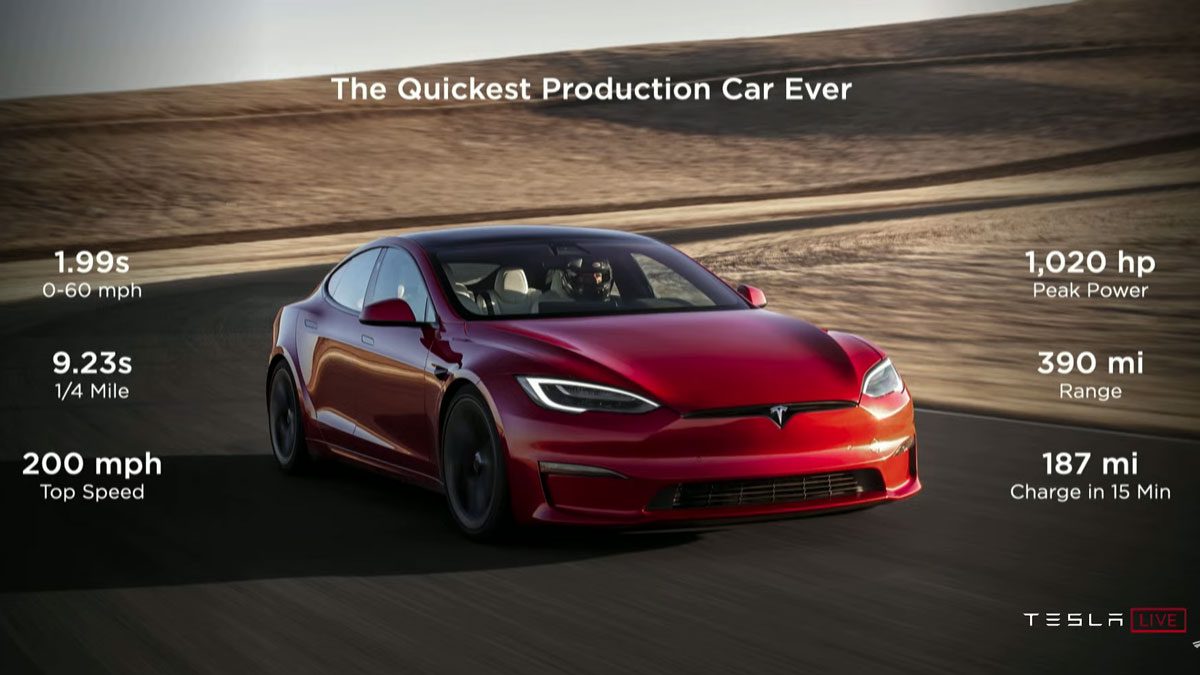
BYD EA1
At the other end of the scale, the BYD EA1 is expected by the end of 2022 and it has been rumoured it will come in at around $25,000, although other reports suggest $35,000. Also a planned import by Nexport Automotive, the EA1 will likely sport a different name – and it won’t be the Dolphin, which it is called in China, we’ve been assured.
China specs include a Blade battery and a permanent magnet synchronous motor with a maximum power of 70 kilowatts, and a top speed of 150km/hr.
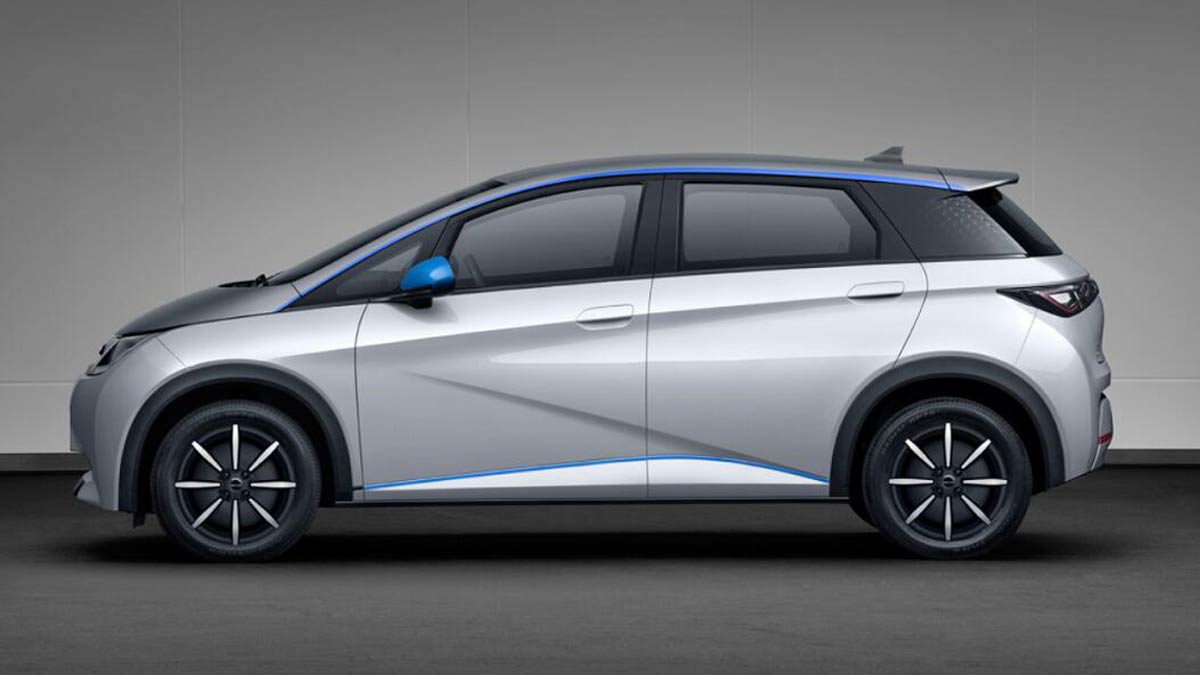
This article has been updated to add the BMW i4, coming in early 2022, and the Ora Cat and Mercedes-AMG EQS 53 4MATIC.

Bridie Schmidt is associate editor for The Driven, sister site of Renew Economy. She has been writing about electric vehicles since 2018, and has a keen interest in the role that zero-emissions transport has to play in sustainability. She has participated in podcasts such as Download This Show with Marc Fennell and Shirtloads of Science with Karl Kruszelnicki and is co-organiser of the Northern Rivers Electric Vehicle Forum. Bridie also owns a Tesla Model Y and has it available for hire on evee.com.au.

